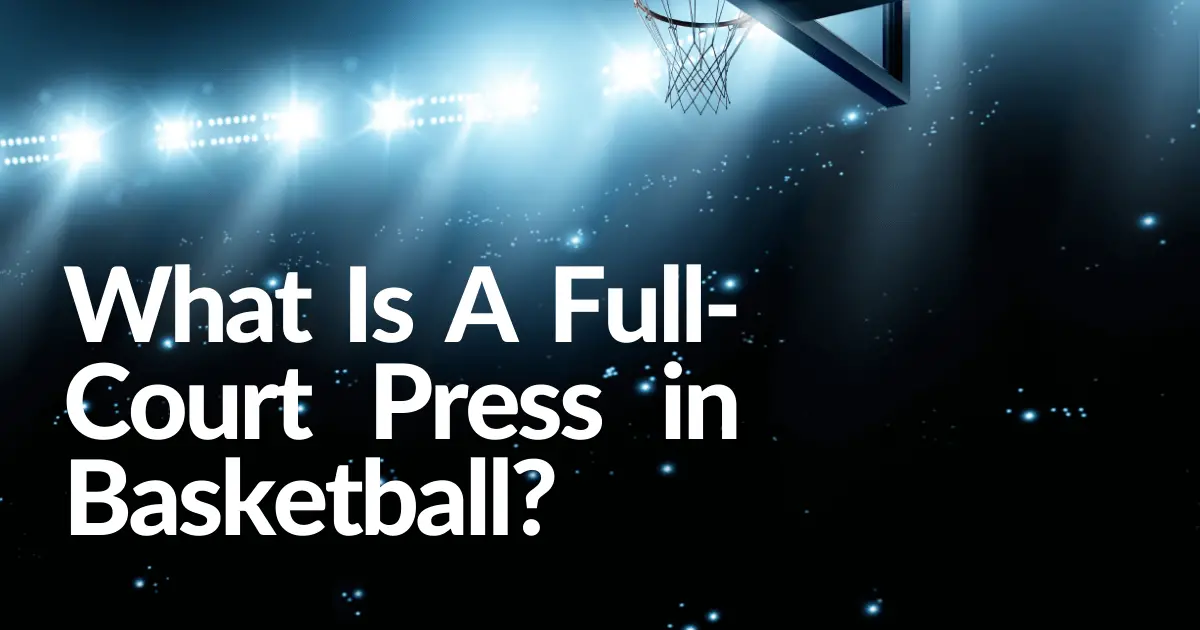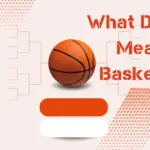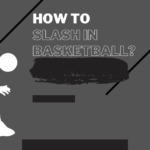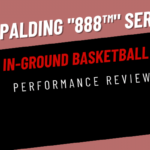A full-court press is a defensive strategy used in the game of basketball. It involves the entire team pressuring a single offensive player in an effort to prevent them from advancing up the court or making a successful pass. The full-court press can be used when a team is trailing and looking for an opportunity to regain possession of the ball.
Types Of Full-Court Press Defenses:

There are different types of full-court presses that coaches can use to increase their chances of success.
Man-To-Man Press:
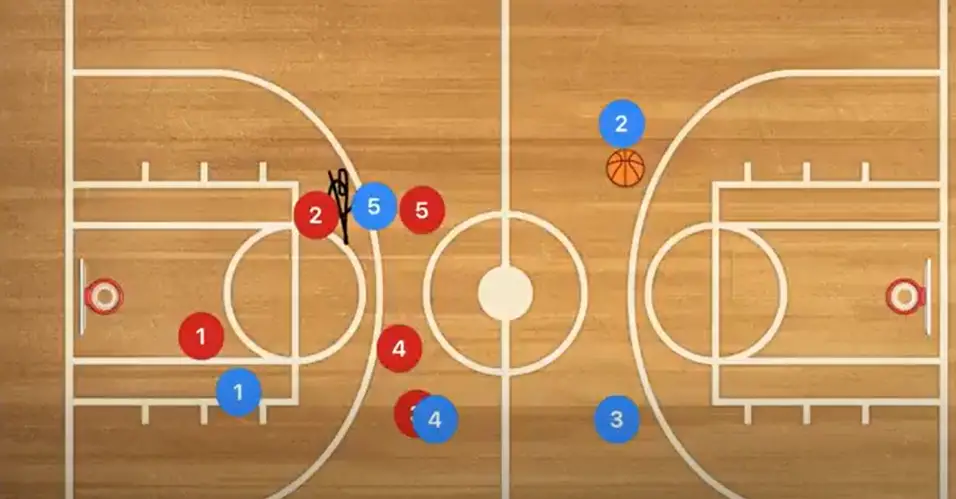
The man-to-man press is a defensive strategy used in basketball to disrupt the opposing team’s offensive rhythm. It is an aggressive form of full-court defense where each defender guards one player on the other team. It can be used as a way to increase ball pressure and force turnovers, which can result in easy opportunities for your own team offensively.
The man-to-man press requires every player on the defensive side to stay close to their opponent, making it difficult for them to drive or make passes without being harassed by a defender. This type of defense puts great emphasis on quickness and physicality since it involves one-on-one battles. As such, coaches will often utilize players with strong ball-handling ability and good lateral movement when executing this tactic.
Full-Court Zone Press:

A full-court zone press is an aggressive form of defense that can be used to trap opponents in the backcourt and force turnovers. It requires all five players on the court to work together and communicate effectively, as it involves pressing up on the entire length of the court.
The full-court zone press usually begins with two defenders at half-court and three defenders in the backcourt. These defenders will then rotate toward their teammates who are guarding opponents near mid-court, trapping them against one side or both sides of the floor.
Advantages Of A Full-Court Press:

A full-court press puts pressure on the opposing team’s offensive players which can lead to turnovers, giving your offense more possessions and an opportunity to score points. This puts added strain on the other team’s defense, meaning they are more likely to make mistakes or be forced into fouls.
Additionally, a full-court press can cause confusion among players as they have less time and space to think about what they’re doing. This could lead them to make wrong decisions or take bad shots, resulting in easy baskets for you on offense. The full-court press can be very effective at both ends of the court, especially when your team has a fast and quick defense.
The Disadvantages Of A Full-Court Zone Press:

The most obvious disadvantage of a full-court press is the increased risk of fatigue for the defenders. Employing such a strategy requires players to run up and down the court continuously throughout the game, which can lead to them becoming exhausted more quickly than if they were playing less aggressive defense.
When Should You Use A Full-Court Press?
If your team has great speed but not as much strength or size, then a full-court press could be very effective in disrupting your opponent’s offense. On the other hand, if you are playing against a larger and stronger offensive team, then perhaps deploying some backcourt defenders on their taller players would be more effective in forcing turnovers.
When Should You Use A Full-Court Man-To-Man Press?
Man-to-man pressing works best when your defenders are strong on an individual level but can get fatigued if held for too long. It also requires good communication between all players, so they know who is covering which player at any given time. A full-court man-to-man press should be considered when trying to deny a fast break situation or looking for good one-on-one defense opportunities against an opposing threat.
What Is The Difference Between A Half-Court Press And A Full-Court Press?
The main distinction between these two defensive strategies lies in their area of coverage.
Half-Court Press:
A half-court press involves defending only up to the mid-court line, or “half-court”. Opposing players crossing this line will usually find themselves being heavily pressured by defenders.
Full-Court Press:
A full-court press covers all 94 feet of the basketball court – from one end to the other. This type of defense puts tremendous pressure on ball handlers who must handle the ball quickly before they reach mid-court or else risk losing control of it due to intense defender pressure.
Does Nba Allow Full-Court Press?
The NBA does not forbid full-court presses, however, they are rarely seen in professional games due to fast-paced offenses and high levels of player skill.
What Is The Most Important Thing To Do In The Full-Court Press?
The most important part of successfully executing a full-court press is communication. It’s essential that all five players are communicating with each other throughout the entire duration of the press. This means shouting out player assignments, directing teammates to where they should be going, and calling out any potential miscommunications from opponents. Without proper communication, it’s very easy for opponents to break through and score an easy basket or two.
How To Break A Full-Court Press Zone?
Establish good spacing between each player on the offensive side of the court to break a full-court press. This will allow them to spread out their defenders, creating passing lanes that can be utilized by the point guard or other players making passes upcourt. All five players on offense need to stay focused and aware of their surroundings at all times while remaining patient with their dribbling and passing movements.

Conclusion:
The full-court press is a specific type of defense in basketball that occurs when the team applies pressure on the entire court. The full court-press is often used to force turnovers, frustrate the offense, and create scoring opportunities. This defensive strategy can be difficult for teams to execute properly as it requires coordination and communication between all five players on the court. It is a risky strategy as well since it does not allow any room for error due to its high intensity and level of competition.

Clyde Jackson III is a basketball coach and the founder of GCBC Basketball, a basketball-related learning and informational website that focuses on helping young players develop their skills on and off the court. With over 15 years of coaching experience, Clyde has worked with players of all ages and skill levels, from beginners to professionals.

